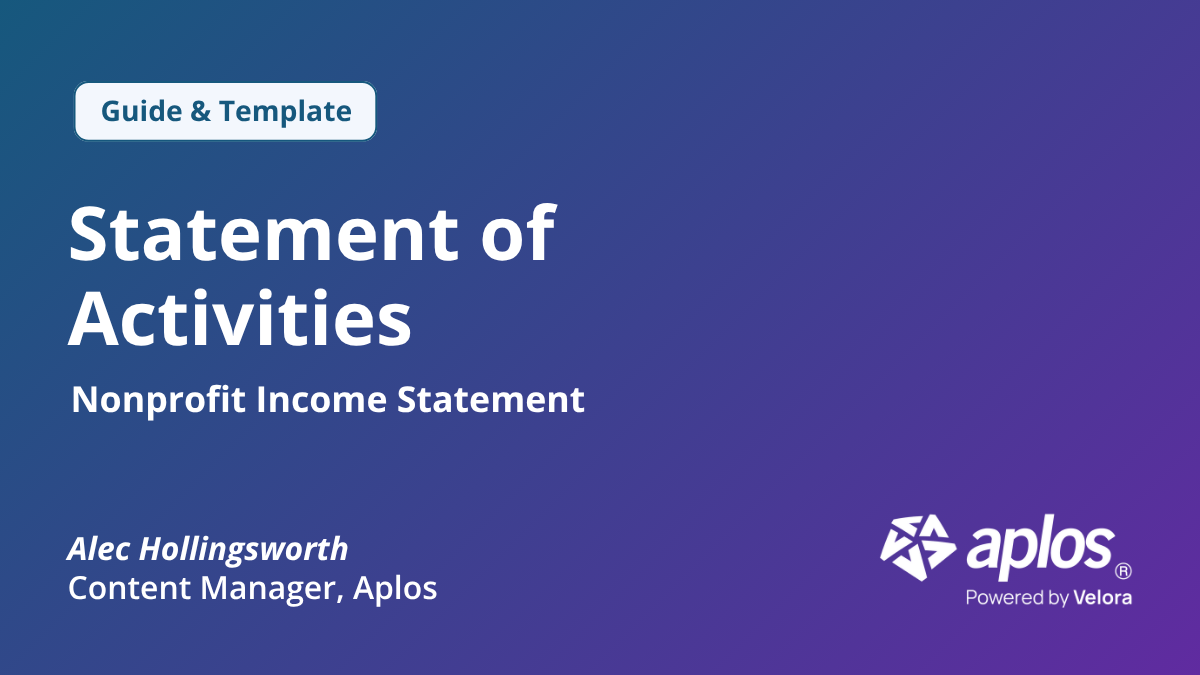
How to Account for Donated Items

If your nonprofit does fundraising, you will probably receive items that can be used in a silent auction or sold in a raffle. But how do you treat these donations in your accounting?

Photo by Grand Canyon NPS / CC BY
Get true nonprofit accounting with Aplos. Try it free for 15 days.
You will need to create many journal entries when accounting for these donated items to your nonprofit. Form 990 also requires itemized noncash contributions on Schedule M if your nonprofit checked yes on Part IV, lines 29 or 30.
Sample Journal Entries For Donations
Record the gift donated to your nonprofit like the following journal entry example:
DB1408 Donated items – inventory$500AssetCR4005 Contributions$500Income
The value given to the item should be the estimated fair value of the donated item. You can create an adjusted journal entry based on the value the item was sold for since that is truly the value of the donation.
When the item is then auctioned off, the following journal entry example would be created if you sold the good for more than what you valued it at the time of donation.
DB1010 Cash$800AssetCR1408 Donated items – inventory$500AssetCR4005 Contributions$300Income
If the item was auctioned off for less than what you valued it at, the journal entry would look like this:
DB1010 Cash$400DB4005 Contributions$100CR1408 Donated items – inventory$500
In summary, the cash entry is always for the amount of cash received. The inventory needs to be debited (DB) and credited (CR) for the same amount. The difference goes to the contributions account (DB to decrease and CR to increase).

If you receive a donation for assets your nonprofit will keep and use in the course of business, record this transaction as a DB to the asset account and a CR to your income account. It would then become part of your PP&E (Property, Plant and Equipment) and needs to be depreciated accordingly.
Many nonprofits skip inventorying the donated items if the goods are donated and sold within the same fiscal year, so don’t forget to record items when you receive them.
Noncash Contribution Receipts
It’s important to implement an internal policy for donated items as well as create a donor receipt method for noncash contributions. When accounting for donations to nonprofit organizations, the value of the donation can be determined several different ways. It is normally up to the donor to determine the value of their gift and the benefactor to determine the value received. These amounts are often different and should be treated as two unrelated transactions.
The IRS offers Publication 561 to help you determine the value of donated property and Publication 526 for Charitable Contributions. Check out these examples of noncash contribution receipts from Free Church Accounting and Brighthub.
Learn How To Manage Fixed Assets (Free eBook)
When it comes to managing, tracking, and depreciating fixed assets, it is extremely important to make sure you are doing it correctly.
Sign up below for the free eBook, which will guide you through what a fixed asset is, and how you and your organization can track, manage, and depreciate it throughout the course of its useful life.
It will teach you how to:
- Calculate and compare different methods of depreciation
- Allocate fixed asset costs according to GAAP
- Maintain a record of depreciation for each fixed asset

Our comprehensive closeout services start at $399 per month that needs to be reconciled. Sign up before Jan 1st and pay just $199.50 per month!
Copyright © 2025 Aplos Software, LLC. All rights reserved.
Aplos partners with Stripe Payments Company for money transmission services and account services with funds held at Fifth Third Bank N.A., Member FDIC.
Copyright © 2024 Aplos Software, LLC. All rights reserved.
Aplos partners with Stripe Payments Company for money transmission services and account services with funds held at Fifth Third Bank N.A., Member FDIC.



.png)



